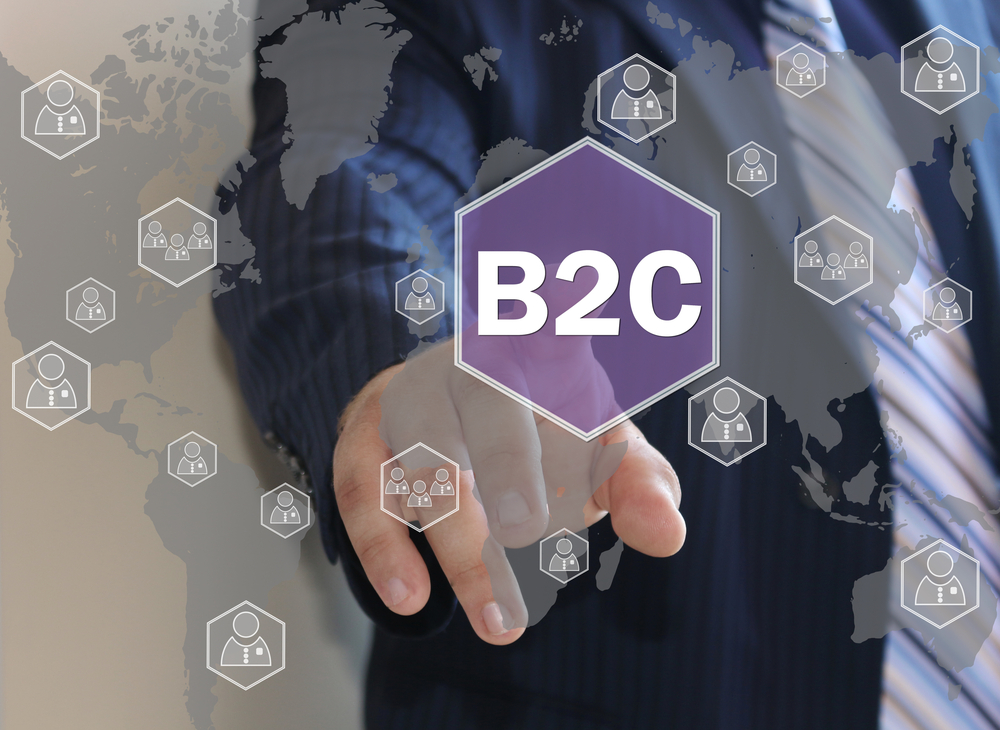If you were to drive from Cleveland, OH to Rapid City, SD, you would travel in an almost straight line across the northern distance of the Midwest. The road trip would take you some 18 hours to drive the 1,255 miles on I-90, but the major tech cities in the Midwest, fortunately, are not spaced that far apart, and are relatively close to one another distance-wise. Perhaps that is one of the reasons that makes the Midwest such a unique place to build a company, for in the Midwest there is plenty of access to capital, affordable living, and office spaces all within one region. This means that for both startups and enteprises alike whose main businesses operate in the Midwest, customers are not that far away. Being this close to customer bases, tech companies in the Midwest can benefit greatly by working side-by-side their customers to better understand their wants and needs. This requires physically traveling to their places of business to work alongside them, and the benefits are many. The idea of working side-by-side customers is being pioneered by the Commercial Software Engineering (CSE) team over at Microsoft through a methodology they’ve dubbed, “open hacks.” Dan Behrendt, Technical Communications Director at Microsoft, explained in an article on Entrepreneur that “By sharing a physical presence with our customers, we’re able to learn exactly what their pain points are and develop solutions to both solve their problems and improve the quality of our own product.” Not all companies have the global travel budget of Microsoft, but for companies in the Midwest, this should not be a big problem. If Midwest companies were to work face-to-face with their clients, not only could their level of customer service improve, their levels of trust, retention, and referalls could also improve. “For us, that is one of the goals and benefits of open hacks. We’re able to offer an unprecedented level of customer experience — and to improve our product — to remain relevant to our customers and competitive with the latest innovations,” said Behrendt. According to Prescouter, “Customers are far more likely to stick with a company that values their opinion,” and, “repeat customers spend 33% more than new customers.” Another benefit of using the open hack method for understanding customers by working alongside them is that pitfalls can be avoided due to a lack of communication between the two parties. Digital transformation expert, speaker, and author Paul Boag, wrote that working with customers on site “avoids misunderstanding, especially when multiple stakeholders are involved. Because you are on site you can speak to all of the stakeholders directly rather than always going through a single point of contact.” A developer may come up with a solution that looks good in theory, but if they have no working knowledge of the industry, it could end up wasting everybody’s time and efforts. Just because programmers know how to develop an app, it doesn’t mean they know exactly what type of interface the customers need to better serve their users. The idea of open hacks isn’t just a good business idea for startups or corporations, it’s a philosophy that one should utilize in all walks of life in order to learn more about the world and one’s place in it. It basically comes down to teamwork, but not just within one team, but rather teamwork across teams; teams work. As Behrendt put it, “Working together, open hack developers participate in joint learning opportunities with the customers and share knowledge that brings innovative solutions to both parties. In our experience, we have seen a number of new ideas spin out of this collaboration that have gone on to benefit our own products and the products of our customers alike.” The benefits of companies working alongside their clients are many, and with so many clients within reach in the Midwest, the open hacks methodology could improve customer service, retention, and attract new clients through referrals.
Hitting the road to improve customer service by working alongside clients
By Techli
12 abril, 2018









